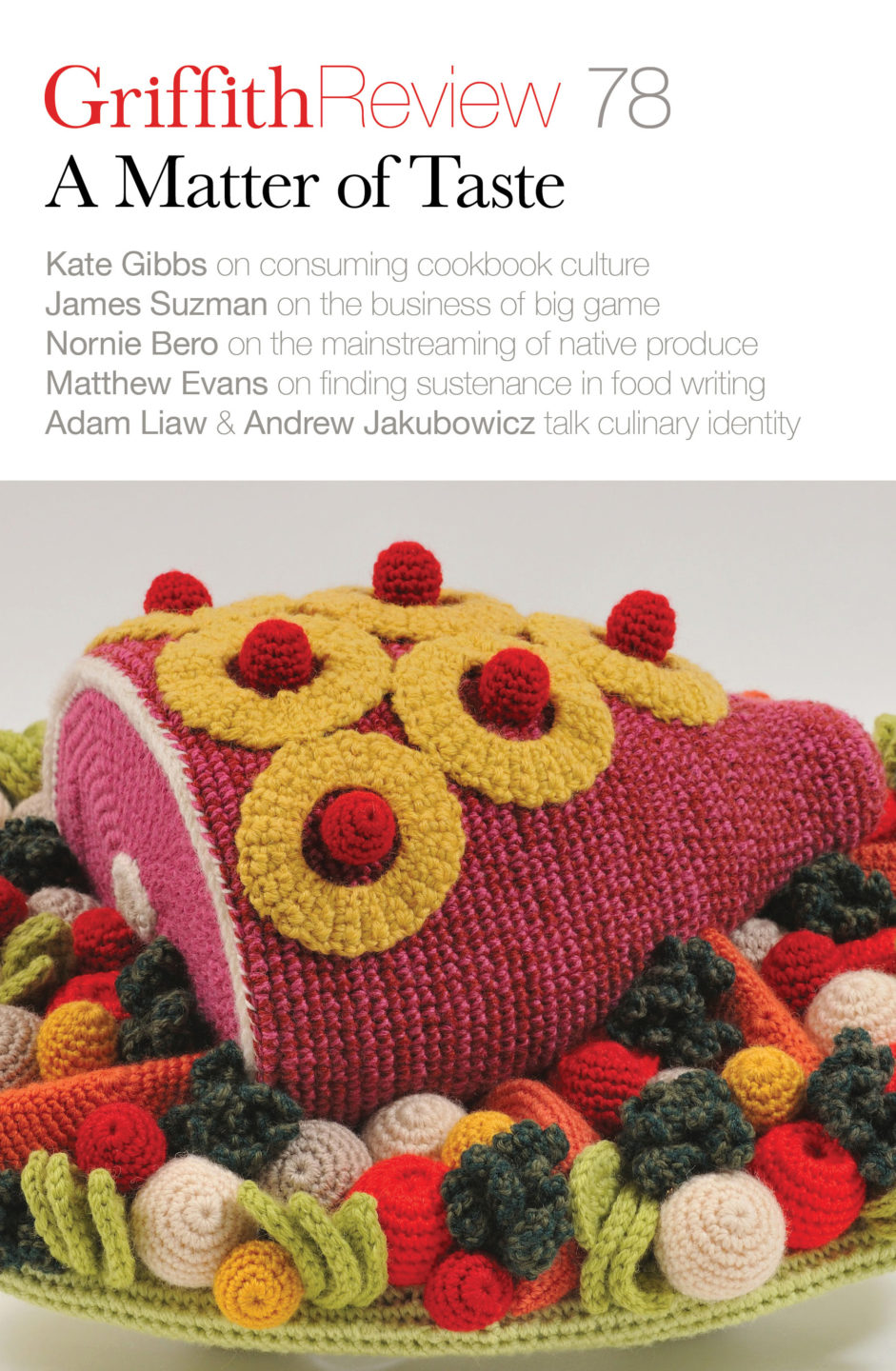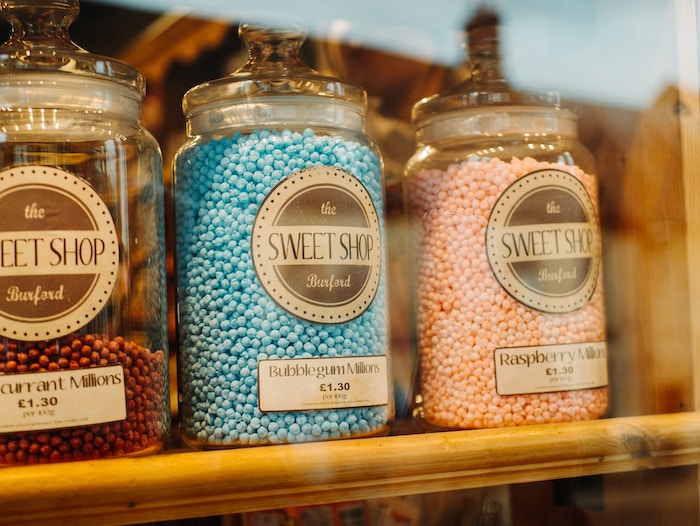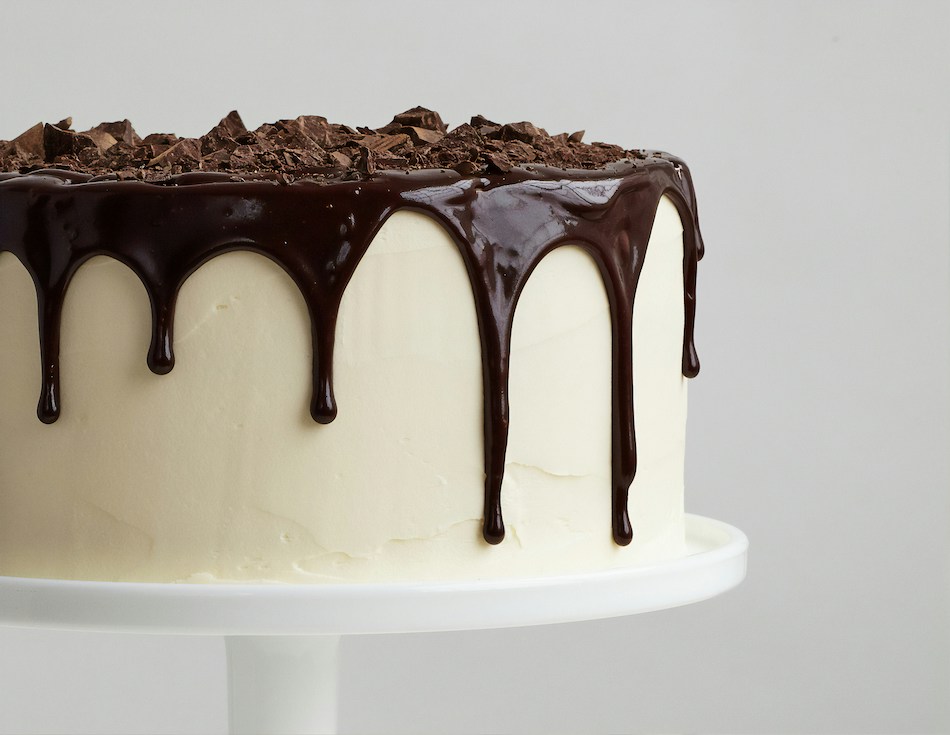Featured in

- Published 20221101
- ISBN: 978-1-922212-74-0
- Extent: 264pp
- Paperback (234 x 153mm), eBook


Already a subscriber? Sign in here
If you are an educator or student wishing to access content for study purposes please contact us at griffithreview@griffith.edu.au
Share article
More from author

The town turns over: Audio edition
MediaListen to author Laura Elvery read aloud her short story 'The town turns over', a poignant exploration of ageing, memory and endings. This story appears...
More from this edition

The supper
Poetrywhere Sacrificer and Sacrificee, still fragrant with the Blood of Morning and Harvest, gather by twisted Beak and crooked Hand

Having and not having the cake
MemoirEveryone involved in Bake Off is always lovely; and that everyone involved is always lovely to each other I know my girlfriend credits with having helped her through the hardest months of her life, so I guess I owe it that as well.

The party for Crabs
FictionAs she lists the night’s specials, Claire attempts to figure out the party’s dynamic. Shared complexions make the elegant woman the little girl’s mother, surely. It’s the women’s relationship she can’t figure out. University friends? Distant cousins? Their conversation seems too polite for either. Unnatural.